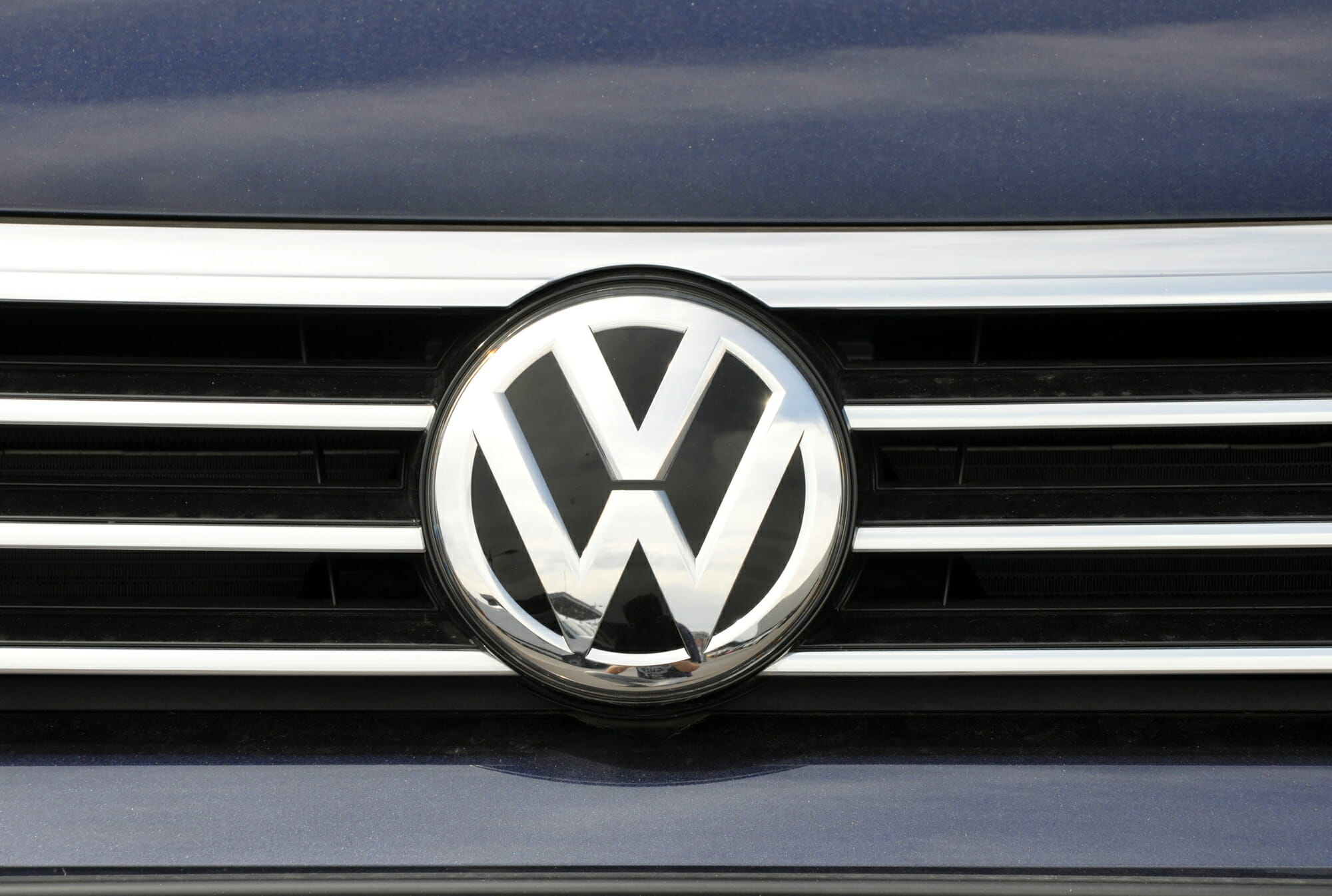There’s nothing quite like a powerful engine, or one that purrs as you drive it. Sometimes it’s the old models that catch you, like the VW 1600 engine. If you want to make a few upgrades or find components, you should know a few things.
What are the specs of a VW 1600 engine?
The Volkswagen 1600 engine (known as a Type 126) featured a displacement of 1584 cm, a bore of 85.5 mm, a stroke of 69 mm, and a compression ratio of 7.7:1.
When it comes to buying components for this engine or just looking for its history, there’s a lot of information to know. In this piece, we’ll break down that information and give you a clear look at what this engine was all about and answer key questions.
The History of the VW 1600 Engine
The VW 1600 engine comes from a line of Volkswagen air-cooled engines and were some of the oldest they made. Different versions were made between 1936-2006.

These air-cooled boxer engines had four horizontally opposed cylinders, cast aluminum alloy cylinder heads and pistons, and featured a forged steel crankshaft and connecting rods.
You’ll find them in VW models, light aircrafts, industrial applications, and kit cars. They were most notably used in the Type 1 Beetle, Type 2, Type 3, and Type 4 vehicles.
These vehicle engines started at 1000 and progressed to the 1600 model. The initial production of the 1600 was a 1.6-L engine named Type 126. It featured a carburetor fuel system and there were several versions.
This engine’s original postwar production was 1100cc, putting out just 25hp, eventually reaching the 60hp 1600cc.
It would be a while before the company would add fuel injection to this vehicle. Once they did, it was more about reducing the car’s emissions than improving its performance.
The single port was used in the 1966 Type 3 and again in the 1968-1970 Type 2. In the U.S., it was used in the 1970 Beetle, which is perhaps the most recognized engine from this lineup. It was also used in the 1970 Karmann Ghia.
The twin port model was also used on several cars, including the 1967-1973 Type 3 and the 1971 Type 2. It was found in the 1971-1979 Beetle, 1971-1974 Karmann Ghia, and the 1971-1989 VW Puma.
It was installed in more than 25 million vehicles. Today, it is most commonly a historic engine, one purchased for rebuilds and restoration work. That makes it somewhat harder to find, of course, but the unique design and long history of this engine make it worth the work.
Which Models Have a VW 1600 Engine?
The lineup of models for the VW 1600 engine included a number of cars including:
- 1966 Type 3
- 1968 to 1970 Type 2
- 1971 to 1989 VW Puma
- 1971 to 1979 Beetle
- 1970 to 1974 Karmann Gha
The VW 1600 engine was also big for motorsports and off-roading. Sport dune buggies and sand rails are some of the most common to use it.
People Also Ask These Questions Related to the VW 1600 Engines
You have questions about this engine. It’s one of the most noted engines from this manufacturer. Here are some answers to the most common questions.
“How much horsepower does a VW 1600 engine have?”
That depends on the displacement. The 1200cc engines had 40 horsepower. Over time, the company continued to increase this, adding power along the way. The dual-port design offered 60 horsepower. That was the model that lasted through the end of production.
“How fast can a 1600cc engine go?”
Of course, many factors contribute to this. However, it may be possible to hit 80 miles per hour in one. That’s not to say the VW 1600 can, but other models and tuned up versions have in the past.
“How much will it cost to rebuild a VW bug engine?”
This could be the VW 1600 or another version. Most of the time, older engines like this are going to cost much more because they are harder to find. Luckily, millions of this one made. You can expect it to cost at least $2500.
“How long will the VW 1600 engine last?”
Whether asking about the cars they were in or the engine alone, you can get a lot of miles out of this model. There are some notes about it hitting 100,000 miles, though more commonly it will need some updates and repairs around 75,000. Maintaining it makes a big difference, too.